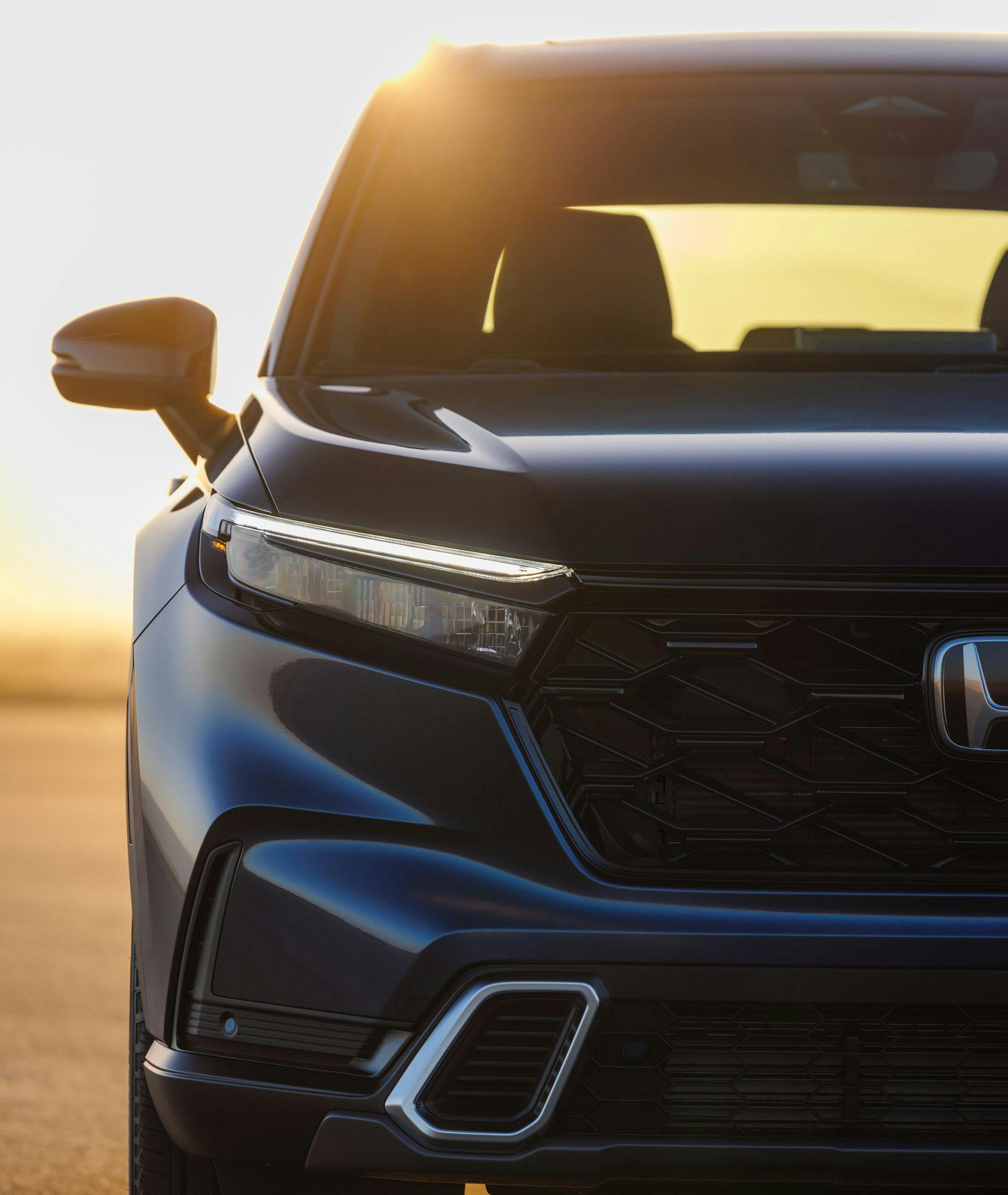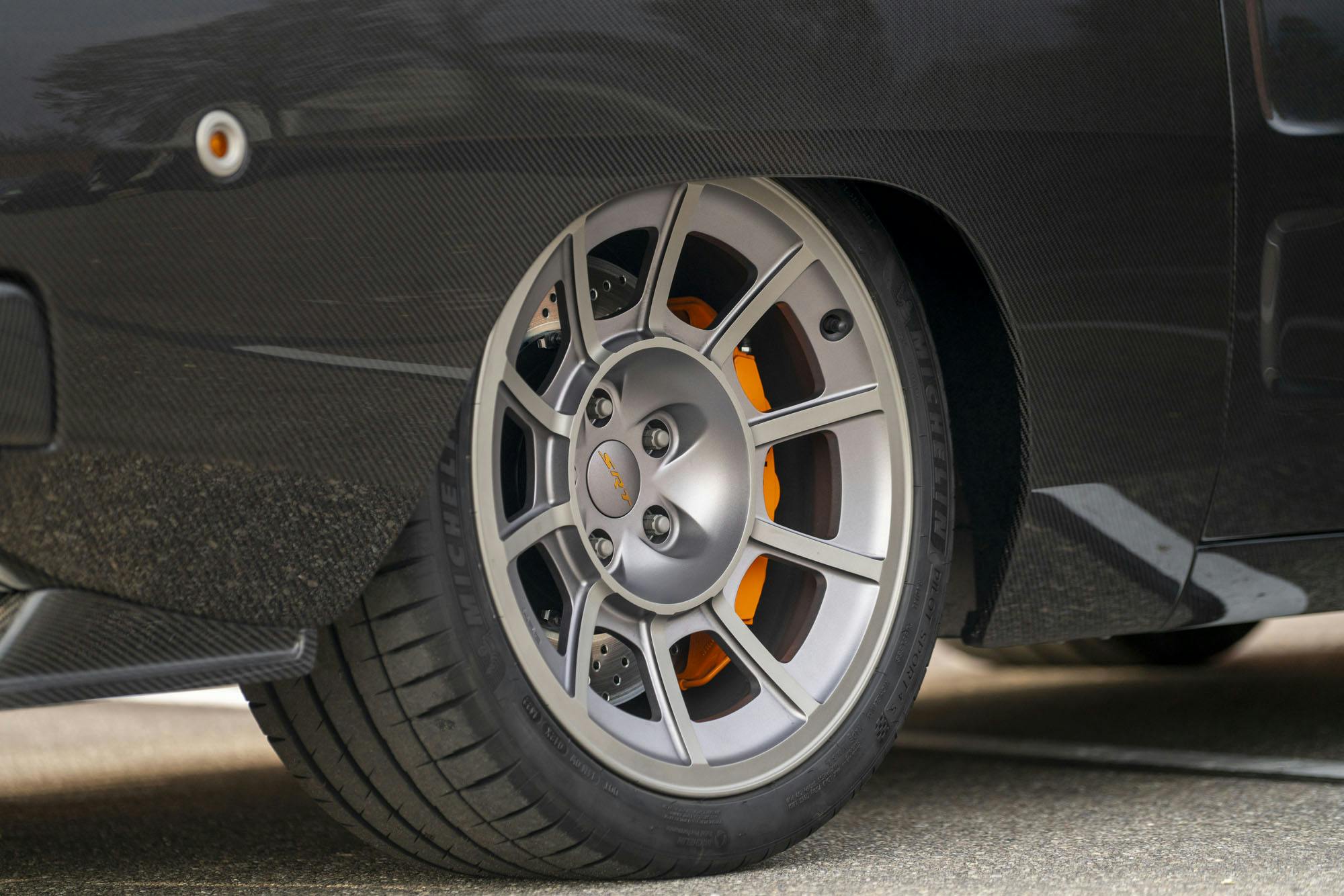Media | Articles
GM skips SEMA 2022, 1000-hp ’60s Charger for Dodge design head, Caterham’s nuttiest track build
GM joins Ford, won’t attend SEMA 2022
Intake: General Motors says it will not participate in the 2022 SEMA Show in Las Vegas, becoming the second of the Big Three to pull out of the annual Las Vegas automotive gathering. Earlier this month, SEMA announced that Ford and Honda were skipping the event, although Honda later said it has not made a final decision. Neither General Motors nor SEMA announced GM’s plan to withdraw, but Muscle Cars and Trucks noticed that Chevrolet Performance was absent from the exhibitors map. “GM has made the decision not to participate in the 2022 SEMA Show,” Shad Balch, director of Chevrolet communications, confirmed, adding: “The SEMA show has always inspired us, and accessories and performance parts remain an important part of our business.” The 2022 SEMA Show is scheduled for November 1 through 4 at the Las Vegas Convention Center.
Exhaust: What’s going on here? This is a trend we didn’t anticipate, especially now that COVID-19 fears have lessened and large events have returned. Perhaps it’s simply a change in marketing perspective and nothing more. It’s worth noting that Stellantis, the third member of the Big Three, is back with its Mopar exhibit. If that changes, and Detroit goes zero for three at SEMA 2022, it may be time for a deeper dive.
Honda’s next-gen CR-V flashes a less-ugly mug
Intake: Honda’s getting ready to show off the all-new, sixth-generation version of its CR-V midsize crossover later this summer. Yesterday, it released the first teaser images of the new ute’s freshened face, along with a couple mood-setting adjectives. “Rugged” and “sophisticated” lead us to expect a TrailSport version, a mild off-road treatment that Honda’s applied to the Pilot and Passport. Honda is also keen to mention the more advanced hybrid drivetrain, something we already were expecting thanks to an announcement made last month. As for pricing and arrival details, as well as anything on packaging or interior updates, we’ll have to sit tight and wait till later this summer.
Exhaust: The fifth-generation CR-V debuted in 2017, so it’s plenty ready for a makeover based on the five-year product cycle utilized by most automakers. We’re keen to learn more about the new hybrid tech—CR-Vs have offered a hybrid powertrain since 2019, but that system is only managing 25/33 mph city/highway. Given the rate of advancement in vehicle electrification, we’d expect those figures to be much higher for the new car. Honda expects that hybrids will account for half of all CR-Vs sold in the coming years—think of what that roughly 180,000 (judging by last year’s sales numbers in which the CR-V sold over 360,000 units) additional hybrids could do for Honda’s CAFE numbers.
1000-hp, carbon-fiber Charger restomod for Dodge design chief
Intake: Speedkore’s latest carbon-fiber-intensive build was commissioned by and designed in concert with Stellantis’ chief design officer Ralph Gilles, who heads up the design team for Chrysler, Dodge, Jeep, Ram, and Maserati. The muscle car uses pre-preg carbon fiber to replace the steel panels of the hood, wheelwells, and floorpan and is reinforced with a proprietary Speedkore chassis and roll cage. It’s powered by a 1000-hp Hellephant crate engine, Mopar’s most powerful crate engine ever. The supercharged, 426-cubic-inch Gen III Hemi routes power through a ZF eight-speed transmission. Inside, the understated, silver and gray interior by Gabe’s Custom Upholstery is highlighted with orange stitching and provides comfortable seating for two.
Marketplace
Buy and sell classics with confidence
Exhaust: The Coke-bottle lines of the ’68 through ’70 Charger were damn near perfect as Mopar built them, so Gilles and Speedkore didn’t need to change anything drastically. Respectfully, they didn’t. However, the results are greater than the sum of the parts list, and the overall package is stunning, with sleek lines enhanced by close-fitting carbon-fiber bumpers and an amazing stance over custom HRE wheels that were clearly inspired by the American Racing Vector wheels famously worn by The Dukes of Hazzard‘s General Lee. We’re sure that Ralph and Denise Gilles will enjoy this gorgeous ride to the fullest. Keep an eye out on Woodward Avenue, and you just may spot it in person.
Fuel-hungry Bronco Raptor outstrips 400-hp estimate
The idea for #BroncoRaptor was an Ultra4 racing-inspired Bronco built for high speed off-roading & extreme rock crawling.
The target was 400 horsepower.
Now it’s official: 418hp + 440lbs-ft of torque!Congrats to the @FordPerformance team for taking #BuiltWild to a new level! pic.twitter.com/l46WV8zjqF
— Jim Farley (@jimfarley98) May 24, 2022
Intake: In the coy fashion typical of manufacturers, Ford promised that its biggest, baddest Bronco—the Raptor version—would make “somewhere above” 400 hp. The exact output numbers for the twin-turbo, 3.0-liter powerplant are now out: 418 horsepower and 440 pound-feet of torque. (Ford uses a cast-aluminum version of this 3.0-liter EcoBoost engine in the Explorer ST, where it makes 400 hp and 416 lb-ft of torque. The Braptor’s block is compacted graphic iron, topped with an aluminum head.) Ford did not, at any point, start a hype train for fuel economy, which is simply not the point of an off-road performance machine rolling out of the factory on 37-inch rubber. The EPA has released those figures for the Bronco Raptor, however: 15 miles per gallon city and 16 mpg highway for a combined rating of 15. Those are the exact same EPA figures as posted by an F-150 Raptor on 37s. (For comparison, the closed-cab Raptor model is powered by a 3.5-liter, aluminum-block V-6 strapped with twin turbos.)
Exhaust: In general, buyers of a $70K–$80K off-road trucklet will have a generous budget for fuel; but such an indulgent purchase will likely join a garage already occupied by a least one other vehicle—and a more fuel-efficient one, at that. Dedicated off-roaders will be hungry for more detailed information, such as exactly where that 440 lb-ft torque peak hits in the rev range. That output is just two lb-ft below that of an EcoDiesel Wrangler (442) but the Bronco’s turbo six isn’t likely to generate peak twist anywhere near 1400 rpm.

Feeling blue? Perhaps a Bentley Azure is the answer

Intake: Bentley’s new Azure range is designed for “wellbeing behind the wheel.” The Azure trim will be offered across the entire lineup and puts the emphasis on comfort over performance, leaving the latter task to its Speed models. To perfect the new configuration, Bentley brought in a neuroscientist to assess the impact on wellbeing of a number of factors, from the driving position to lighting, noise, vibration, harshness, ride comfort, and interior design. “Because a car is a multi-sensory environment, this approach involved designing not simply for the senses of vision, hearing, touch, and smell but also for the position of our bodies, gravity and acceleration, temperature, and even the body’s internal sensation,” the company explains. As a result of this research all Azures will come with 22-way adjustable front seats, Bentley Dynamic Ride, and the Touring Specification of driver aids, plus “wellness quilting” for the upholstery and a range of wood veneers and leather hues. “Every fabric, sound, motion, color, and touch continuously impacts our nervous system and the Azure cabin has been finessed accordingly,” says Maria Mulder, head of color and trim.
Exhaust: It seems that Bentley buyers are now split into two tribes—the Speed seekers and those who are allured by the Azure, each getting a vehicle with a distinctly different personality. Which one are you?
No DIY option for Caterham’s nuttiest track-day hero

Intake: Caterham, the small British firm most closely sticking to Colin Chapman’s lightweight formula, has revealed its most potent circuit performer. The Seven 420 Cup is closely based on its Championship U.K. race car, but is also road legal. Its two-liter Ford Duratec engine is tuned to 213 hp and mated to a Sadev six-speed sequential transmission with flat shift, enabling a 0-to-60 mph time of just 3.6 seconds. Fully adjustable dampers and Avon ZZR Extreme tires ensure optimum grip, “enabling drivers to register supercar-beating lap times,” according to Caterham. A race-style nose cone and LED rear lights differentiate the Cup from the more road-focused 402R, while the interior is available with carbon race seats and a carbon dashboard. The cost of shaming supercar drivers is £54,990 ($69,000) and production begins early in 2023. Unlike other models the 420 Cup is only available as a factory build, and not in kit form, and U.S. customers are advised to contact their local retailer.
Exhaust: Chapman always believed that less is more, but sometimes more is more as well. This 420 Cup manages to offer both with a power-to-weight ratio of 344 hp per ton.












































